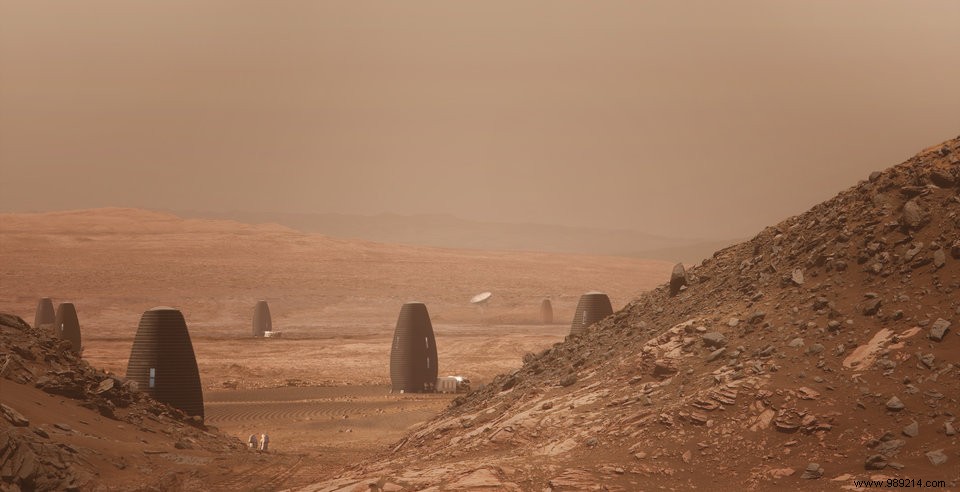A fungus found in Chernobyl reactor number 4 could be the subject of a revolution in terms of space conquest. Indeed, it is a question of using the latter in order to build anti-cosmic radiation shields. This innovation could be used for the International Space Station (ISS) but also and above all in the context of Mars colonization.
Technically, the trip to Mars is possible and would take about 9 months. However, there are still many details and unresolved questions. Among these issues, we find that of the effects of cosmic rays on the body . The main concern is obviously the damage to the brain. Research on this subject is increasing, with NASA having recently developed a cosmic ray simulator.
A trio of American biologists published a study on the bioRxiv platform on July 17, 2020. According to them, it would be possible to exploit a radiotrophic fungus well known on our planet:the Cladosporium sphaerospermum . By "radiotroph", we must understand that the latter is able to "feed" on radiation!
The fact is that this fungus was observed in reactor 4 of the Chernobyl nuclear power plant after the disaster of 1986. Researchers sent robots there in order to take samples what appeared to be black mold .

The fact is that this fungus is able to use gamma rays to produce metabolic energy using melanin, a well-known biological pigment. In other words, the fungus converts radiation into energy to live, a process that could be compared to photosynthesis in the case of plants.
In 2018, the leaders of the recent study sent the fungus aboard the International Space Station (ISS). Although it was a layer only 1.7 mm thick , the results are very encouraging. The radiation measured in the environment of the ISS every 110 seconds – with a Geiger counter – has been reduced by 2% on average.
According to their calculations, biologists believe that a 21 cm layer fungus could "reduce the equivalent of the annual environmental dose of radiation on the surface of Mars". Furthermore, only “about 9 centimeters would be needed, with an equimolar mixture of melanin and Martian regolith.”
Despite these results, which, it should be remembered, have only been the subject of a pre-publication, the exploitation of the fungus represents a real challenge. On Mars, this one won't be able to be grown outdoors due to the freezing cold. It must therefore be in the insulated walls of a building. In addition, it must be hydrated. Will water from the ice of the poles be used?
Finally, the leaders of the study mentioned another interesting lead. According to them, it could be a question of exploiting melanin and find a way to incorporate it into spacesuits or other materials.